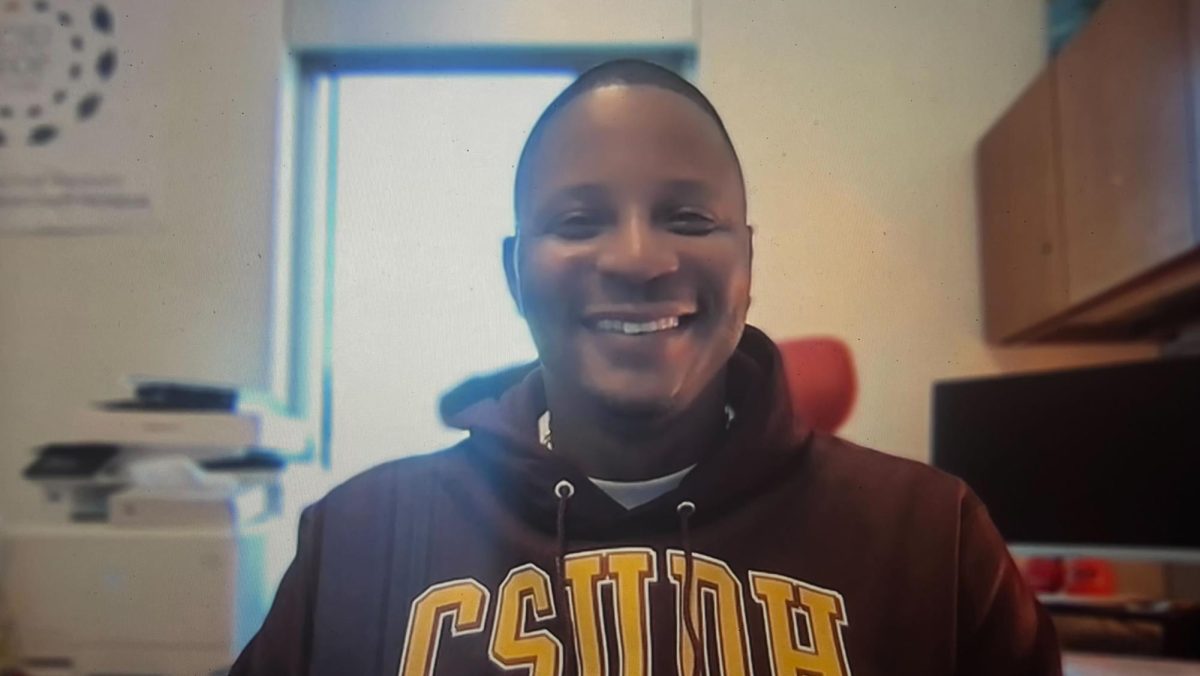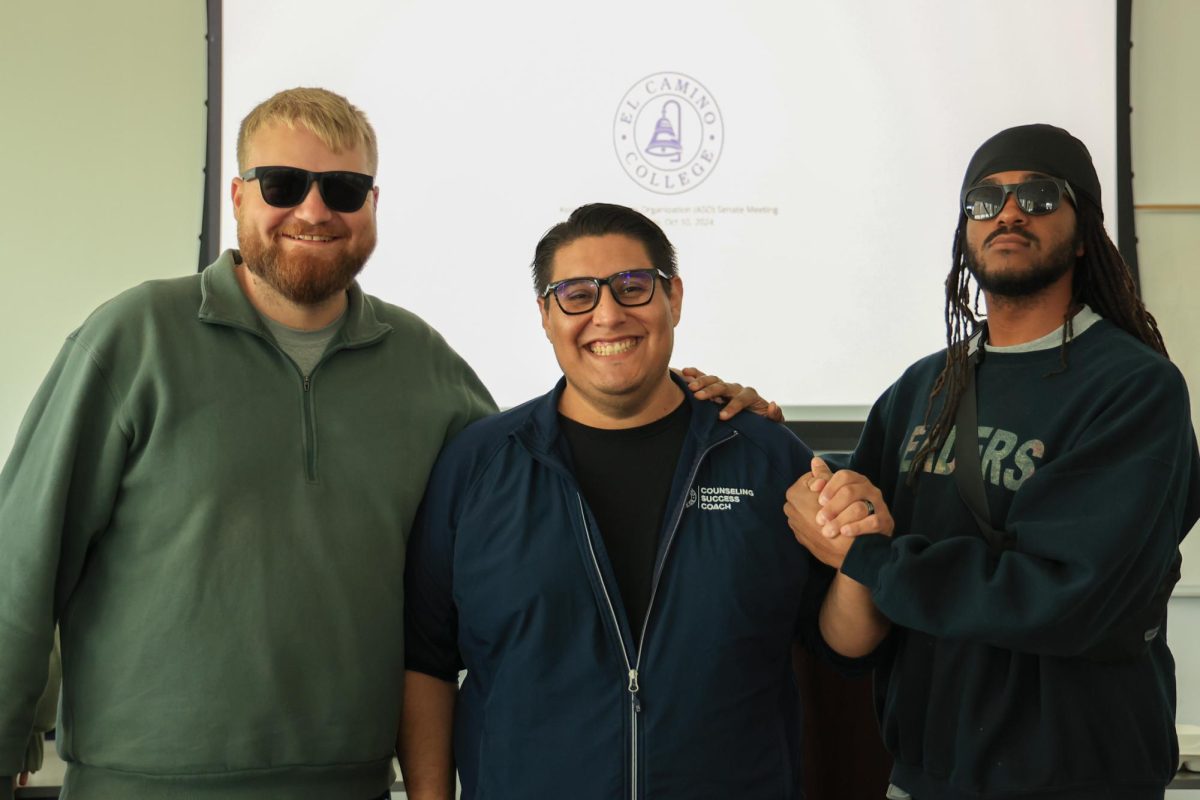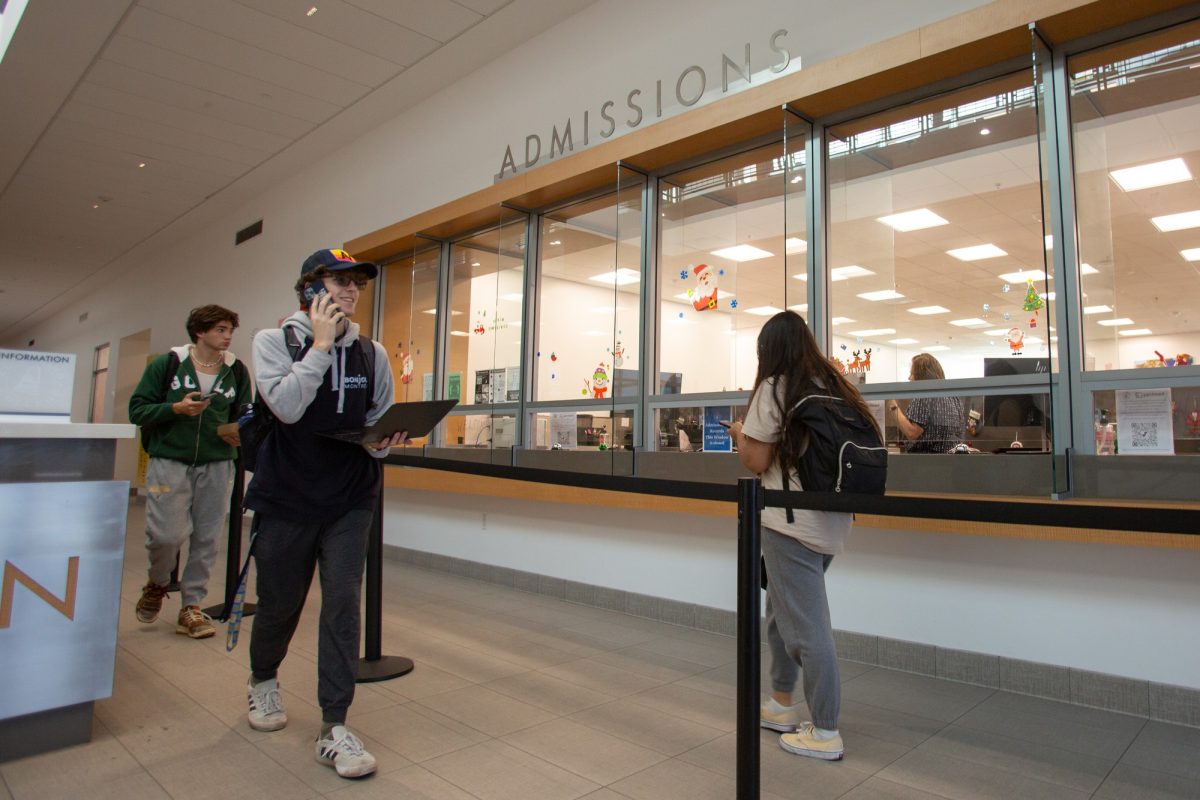Most students come to El Camino for one thing and one thing only — to get out of here as fast as they can.
And if they plan to transfer, there comes a question: “Where am I going?”
According to Institutional Research and Planning’s 2014 Annual Fact Book also indicates that 1,962 degrees and 472 certificates were awarded in the 2013-2014 academic year.
While those numbers may seem smaller when compared to 2012-2013’s 7 percent drop, there has been a “moderate increase” in the number of degrees awarded in the span of five years.
As for the count of transfers, EC’s six-year trend for sending students to UC and CSU systems shows that numbers are steadily increasing. Based on data collected from the IRP, there has been a 17.5 percent increase in the 2008-2013 academic years.
Irene Graff, Director of Institutional Research and Planning, said that this increase is due to the increased efforts in recent college initiatives that focus on graduation and transfer like STEM (Science, Technology, Engineering and Mathematics) and the Graduation Initiative.
And the UC campus students transfer to the most is UCLA. According to an external 2014 report, of community college graduates in UCs, EC was the second highest California community college to send students to UCLA for the 2013 academic year.
The two CSU campuses students transfer to the most often are CSU Dominguez Hills and Long Beach State. According to a report in the CSU system’s website, EC ranked No. 1 in sending students to Dominguez Hills and No. 3 in sending students to Long Beach State in 2013.
Now, how long does it take for students to complete their time at EC?
According to a time-to-completion report on the 2012 academic year, the median number of years it takes for students to wrap up their degrees is four years — the report says that the “regular” number of years is two.
And in 2012, only 10 percent of the students who received a degree that year completed the task within that “regular” window.
But that is not necessarily a bad thing.
Rene Lozano, EC’s transfer coordinator and also a counselor, believes that this two-year goal is an old-school mentality.
“I don’t think that a lot of our programs are designed to be two years anymore,” Lozano said. “Because there are a lot of prerequisites attached to it, so that makes it longer.”
An example Lozano game up was EC’s nursing program. Although it’s described as a two-year program, the two years students will need to spend completing prerequisites required to apply automatically makes the program a four-year undertaking, he said.
Other issues like students not coming in at a college level English or math and coming in as part-time students also contribute to this delayed time to completion.
But despite these issues students may face and how long their journeys take, Lozano believes that success in any amount of years is still success no matter what the two-year “myth” says.
“I call it a myth, because I believe it’s not one-size-fits-all,” he said. “I believe that every student comes with a different story. Some with less preparation than others. Some with more makeup stuff to do. Some with majors that are just not humanly possible to do in two years.”









